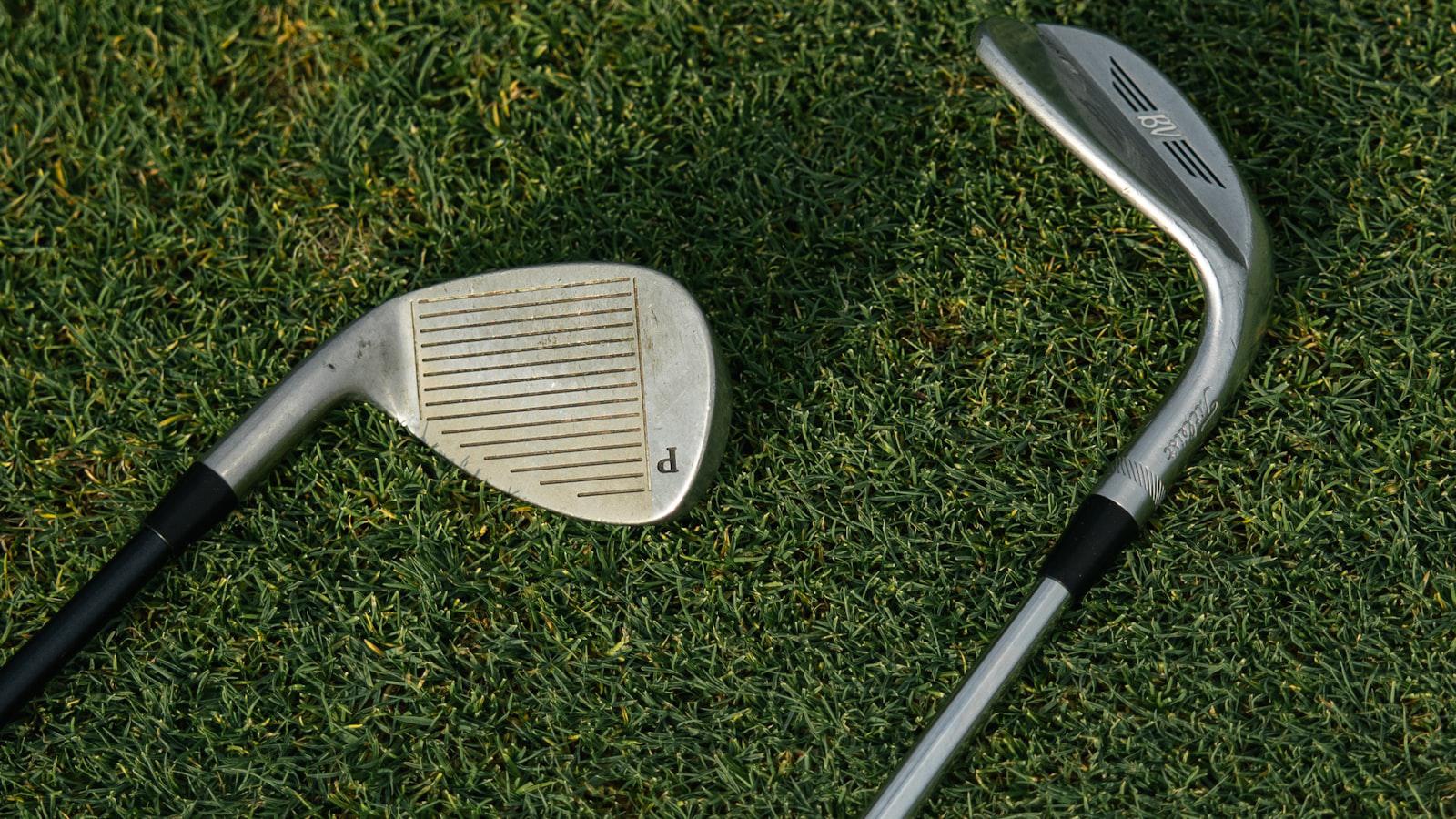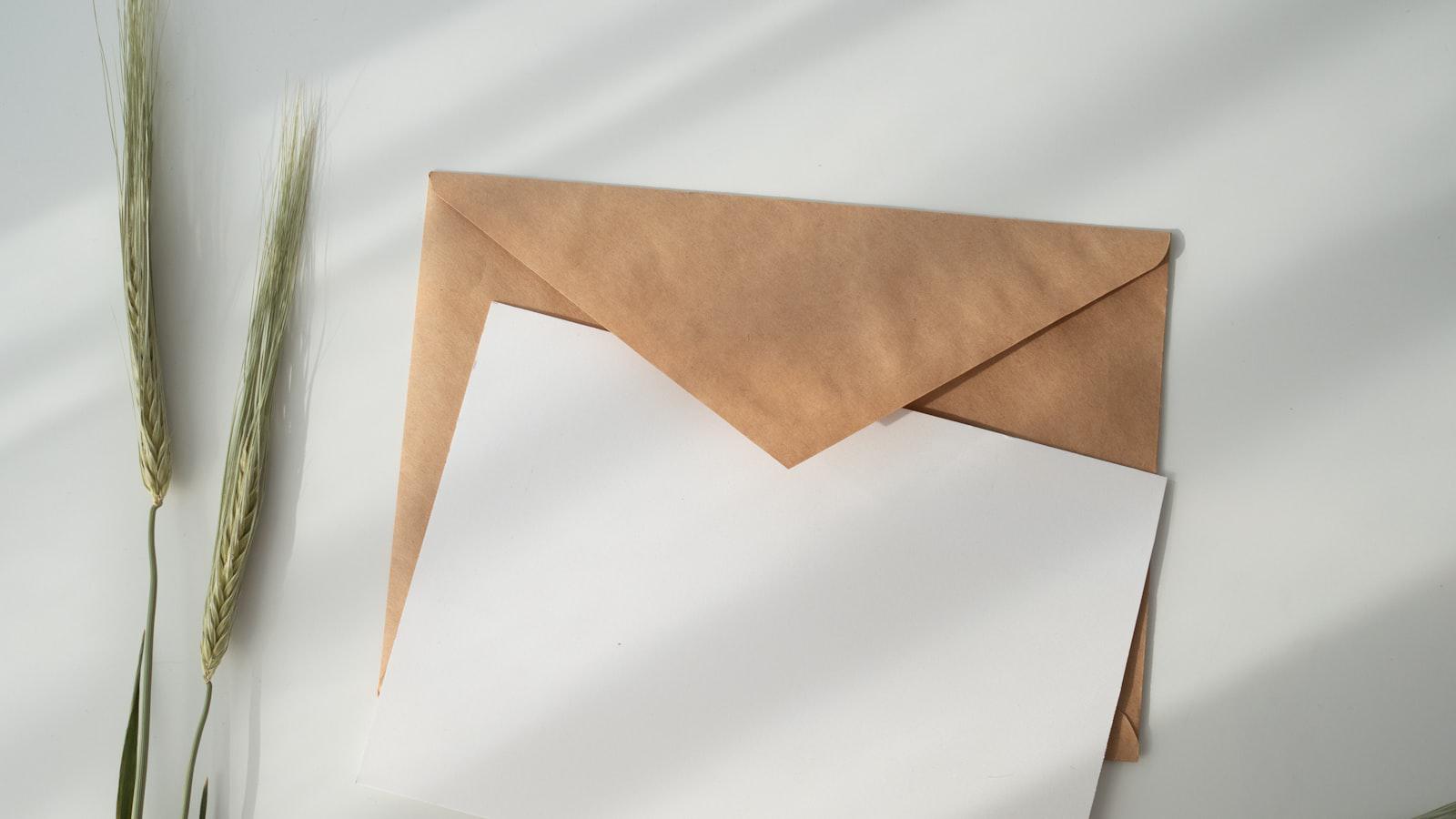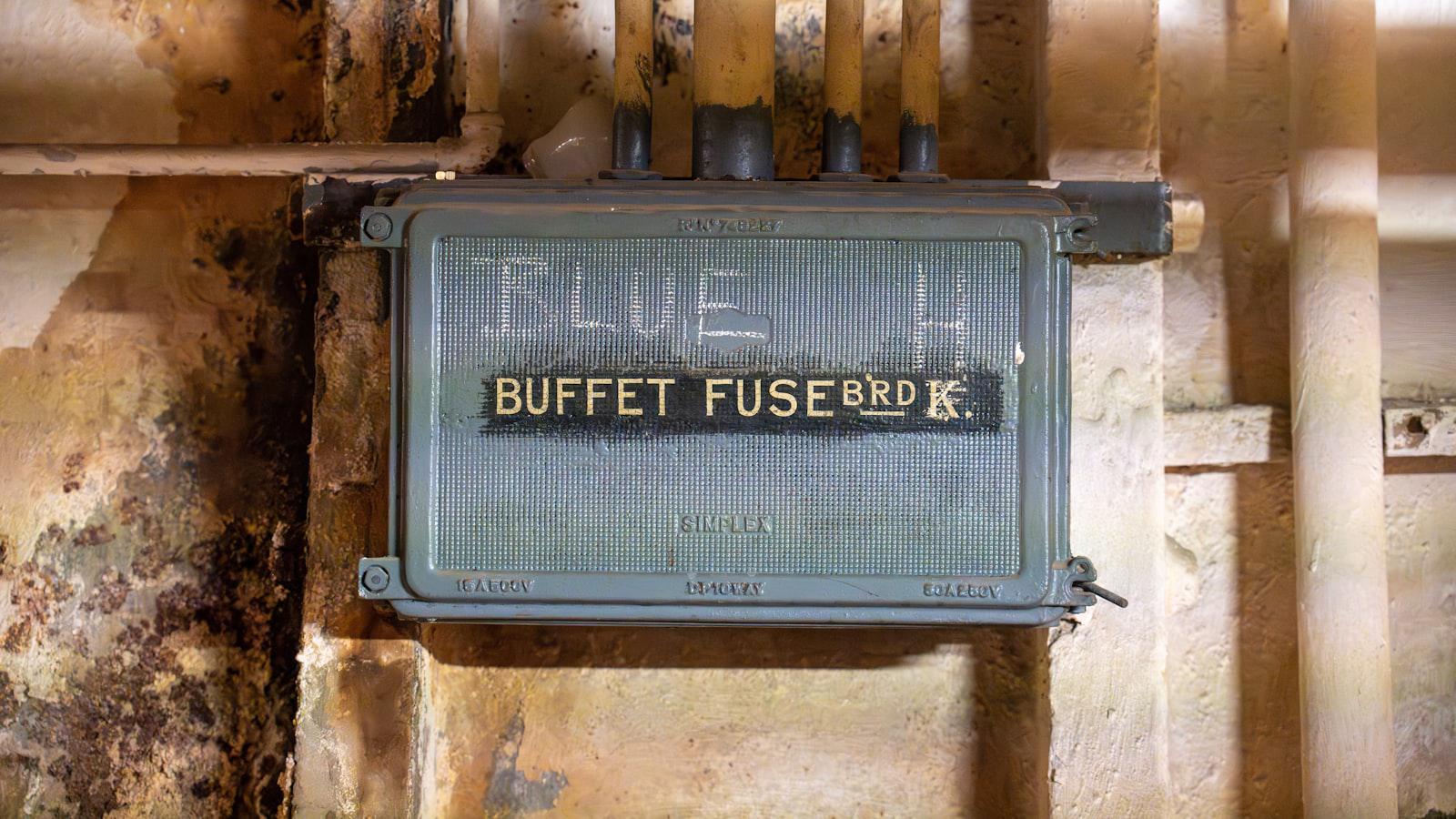Navigating the tricky confines of short-siding in a greenside bunker demands precision and finesse. If you find yourself in this challenging position, follow these expert tips to execute an up-and-down recovery and save par.
Overcoming Short-Sided Bunker Lies
Finding yourself in a short-sided bunker lie can be a daunting situation for golfers. Fear not! With the right technique and a touch of finesse, you can navigate these tricky shots and save par.
Executer a purposefully bladed bunker shot with an open clubface to send the ball high and soft, reducing the impact of the lip. Visualise a steep and deliberate swing path, striking slightly behind the ball for maximum spin generation. With this technique, you’ll experience a higher trajectory and softer landing, providing a greater margin for error and enhancing your chances of extricating yourself from the bunker with ease.
For added control and precision in your swing, incorporate the “Aim-Left, Swing-Right” method. Establish a stance with your feet aligned slightly to the left of the target, and during your swing, intentionally move the clubhead towards the right. This technique naturally promotes a shallow swing path, reducing the likelihood of digging deep into the sand and ensuring a cleaner strike with consistent results.
If the ball is buried deeply within the bunker, employ a technique known as the “Sand Splash”. Hinge your wrists aggressively and maintain a steep swing angle to generate sufficient force for the club to penetrate deeply into the sand, dislodging the ball effortlessly. Be prepared for a higher trajectory and a shorter distance, but this method will effectively liberate your ball from its sandy confines.
| Technique | Effect |
|---|---|
| Open Clubface and Steep Swing | High, Soft Bunker Shot with Backspin |
| Aim-Left, Swing-Right | Shallow Swing Path for Control and Precision |
| Sand Splash | Dislodging Deeply Buried Balls with Steep Swing Angle |
To hit a low shot, you’ll need to use a less lofted club, such as a 7-iron or 8-iron. You’ll also want to position the ball back in your stance, and make a more descending blow through impact. This will help to keep the ball low to the ground and running.
Here are some tips for hitting a low shot:
- Use a less lofted club. The less loft your club has, the lower the ball will fly.
- Position the ball back in your stance. This will help to promote a more descending blow through impact.
- Make a more descending blow through impact. This will help to keep the ball low to the ground and running.
- Follow through with your swing. This will help to ensure that the ball travels the desired distance.
**Advanced Techniques for Up-and-Down Success**
The key to success from a short-sided greenside bunker is to create loft and spin while preventing the club from digging into the sand. Here are some advanced techniques that can help you execute this shot with confidence:
- Open the face: Opening the clubface creates lift and prevents the club from digging too deeply into the sand. Aim the club slightly to the left (for right-handed golfers) of where you want the ball to land.
- Steep angle of attack: Swinging down steeply into the sand helps to generate backspin. Make sure to keep your weight forward and your swing path shallow.
- Hit the ball first: Strike the ball before the sand. This will create a clean contact and prevent the club from digging into the bunker.
- Follow through: After making contact, continue to swing through the sand. This will help to create a consistent strike and prevent the ball from flying too short.
Mastering the Greenside Bunker Challenge
bunker shots can be one of the most challenging aspects of the game. They require a unique combination of technique and feel, and can often lead to frustration and lost strokes. However, with a bit of practice, you can learn to master the greenside bunker and improve your chances of getting up and down.
Mastering the spin dial:
One of the key elements of a successful greenside bunker shot is generating spin. This will help the ball elevate quickly and land softly on the green, giving you a better chance of stopping it close to the hole. To generate spin, you’ll need to:
-
Open the clubface: This will increase the loft of the club and help the ball launch higher.
-
Swing down steeply: This will help you dig into the sand and generate more spin.
-
Hit slightly behind the ball: This will help you create a divot that will lift the ball up and out of the bunker.
Fine-tuning your technique:
In addition to the basic technique described above, there are a few other things you can do to improve your greenside bunker shots.
-
Use a sand wedge: This type of wedge is specifically designed for hitting shots out of the bunker, and it will help you generate more spin and control.
-
Practice: The best way to improve your greenside bunker shots is to practice. Find a bunker and hit balls until you start getting the hang of it.
-
Develop a feel for the distance: The amount of backspin you need to generate will vary depending on the distance from the green. Practice hitting shots at different distances so that you can get a feel for how much spin you need.
By following these tips, you can improve your greenside bunker shots and save yourself a lot of strokes.
In conclusion, getting up and down from a short-sided bunker shot can be challenging, but it’s possible with the right technique. By opening the clubface, aiming slightly left of your target, and hitting the sand behind the ball, you can increase your chances of success. With practice, you’ll be able to master this shot and add it to your arsenal of golf skills.







